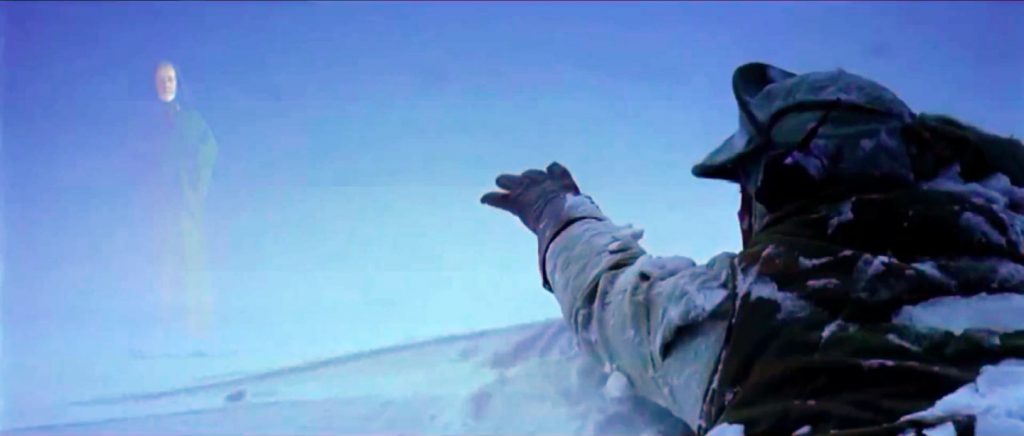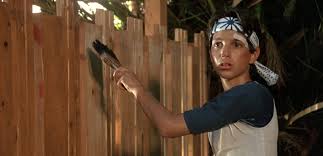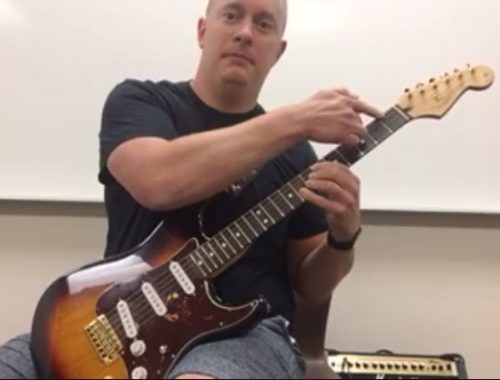
Wait… What? You want me to sight read figured bass on the piano? Why?
Back in college, I learned traditional harmony first, which meant learning Figured Bass. Figured Bass is a system of notating chords that is used primarily for baroque and classical music. It shows the roman numeral analysis as well as the relevant intervals from the bass note of the given chord.

Figured Bass
It isn’t practical since it is not used in most musical styles. There is a better way not only to write chords but also to analyze the chord progressions. We keep the roman numeral but lose the intervals and simply write 3rd, 5th, or 7th for the inversion. Here is the same progression written with modern analysis and with chord symbols.

Modern analysis with chord symbols included
The modern way of analyzing chords is more direct. Instead of writing a I6/4, meaning a I chord in 2nd inversion with a note a 6th above the bass and another note a 4th above the bass, we can write I/5th, meaning a I chord over the 5th in the bass. Writing the chord symbols out (for example C/G or G7/F) is more specific to the key and situation.
I accepted that I had to use Figured Bass in music theory class and learned it the best that I could… and then the final test was sprung on me. SIGHT READING Figured Bass examples on piano! 
This was too far. This was an outrage. How much more impractical could this be? When was I ever going to have to sight read (meaning play something on first view without seeing it or practicing it beforehand) Figured Bass in the real world? The honest answer is never. I’m sure there are a few people who use Figured Bass in their work, but I doubt they’d be ballsy enough to put Figured Bass in front of a musician and say, play.
The final nail in the coffin for my absolute disdain for Figured Bass at the time was when I showed it to my Dad, an accomplished pianist with over 70 years of consistent playing experience, and he didn’t recognize it or understand it. After sitting with it for awhile, he remembered studying it back in college but hadn’t used it in all of the time since.
While I found the intervallic study of inversions interesting about Figured Bass, everything else about it seemed horribly archaic. I equated analyzing chords with Figured Bass to going to the grocery store with a list that said “A crunchy fruit at the end of the visible spectrum of light” as opposed to just calling it a “Red Apple.”

If Figured Bass was a groceries list…
While I wasn’t wrong about the lack of practicality in learning to sight read Figured Bass, I was missing the point entirely. I learned later through reflection why this skill was important to me as a musician.
Why was it important that I learned to sight read Figured Bass?

1. The Process: My wife Leah taught me in college that it wasn’t always what I learned from the end result that mattered, but what I learned from the process of figuring out a problem. The ability to work through any problem is a crucial skill, and understanding Figured Bass and being able to sight read it was important for my musical and personal growth. Intervallic structure, function, and harmony are emphasized while learning this system, all things that are useful.
2. Ear Training: Figured bass shows the intervals of the notes from the bass note, which is handy for ear training. A I6 chord in the key of C would be a C/E, which has the interval of a 6th between the bass note E to the next note, C. Understanding and analyzing chords and inversions with intervals this way ties the music theory to the ear training. Ear Training to a musician is like the Force to a Jedi; it is a powerful ally. The more you know, the better.

Actual footage of me reaching out to my Harmony I instructor asking, “Why Figured Bass?”
3. Wax on, wax off: In the movie, “The Karate Kid,” Daniel LaRusso comes to his master, Mr. Miyagi to learn karate and how to defend himself from bullies. Daniel quickly finds himself painting Mr. Miyagi’s fence and waxing his car rather than learning karate. After many sessions of doing these seemingly pointless tasks as payment for learning karate, Daniel gets frustrated and quits to which Mr. Miyagi gives Daniel his first lesson. <Spoiler Alert> Mr. Miyagi then shows Daniel that the skills he learned in painting the fence and waxing his car were key fundamental movements in defending himself. Learning Figured Bass is a fundamental skill for any serious music student at college or interested in analyzing classical music because of the details learned when studying and analyzing with it.

This is EXACTLY what learning Figured Bass feels like.
4. Speed of Mind: But why learn to Sight Read it? Learning to sight read Figured Bass is not at all about learning a practical skill for the real world. It trains how quickly one can assimilate the notation in front of them and turn it into music. If one is good enough and familiar enough with Figured Bass to sight read it, then mastery has been achieved, which is particularly important when analyzing longer pieces of music and for strengthening one’s music theory chops.
I have rarely encountered Figured Bass in the real world and have never had to sight read it in a professional situation, but the lessons learned in the process and reflection of learning to sight read Figured Bass were well worth the discomfort. I’m not suggesting that you go out and learn to sight read Figured Bass right now, but rather to embrace the process of learning any skill you are developing regardless of what it’s perceived end value may be. It is ok and highly advisable to ask what the purpose of what you are learning, but try to keep an open mind to new ideas and in this case, old ideas. Relish being a student of music and know that the skills you develop are helping you become the best musician you can possibly be.
Keep analyzing, shredding, and woodshedding, and please… try to have a better attitude than I did in my early music theory class days!


